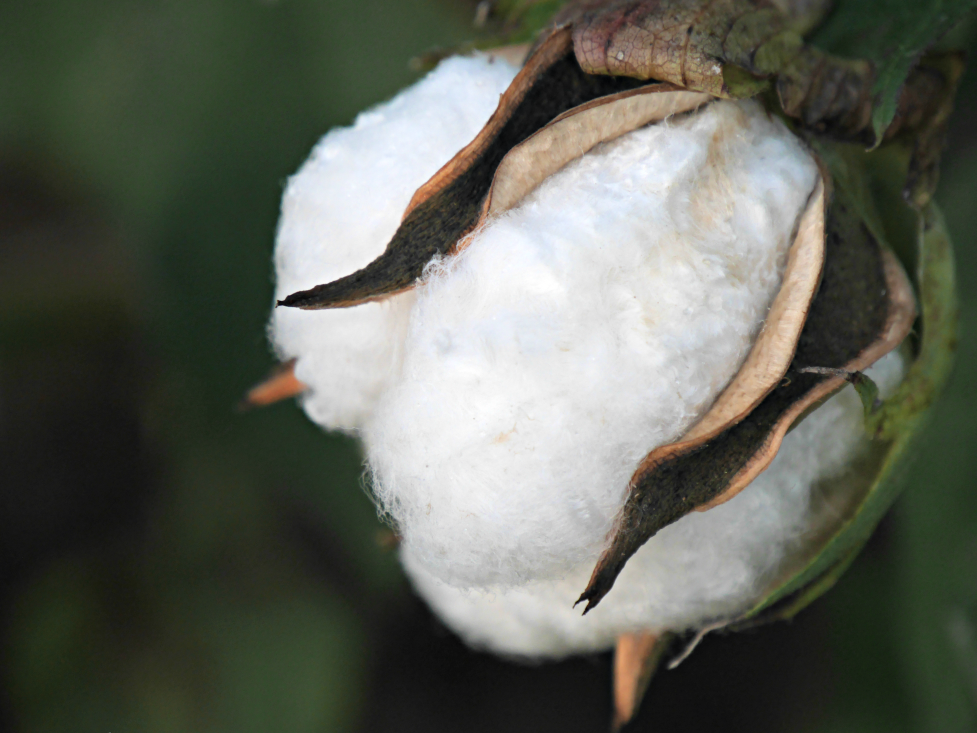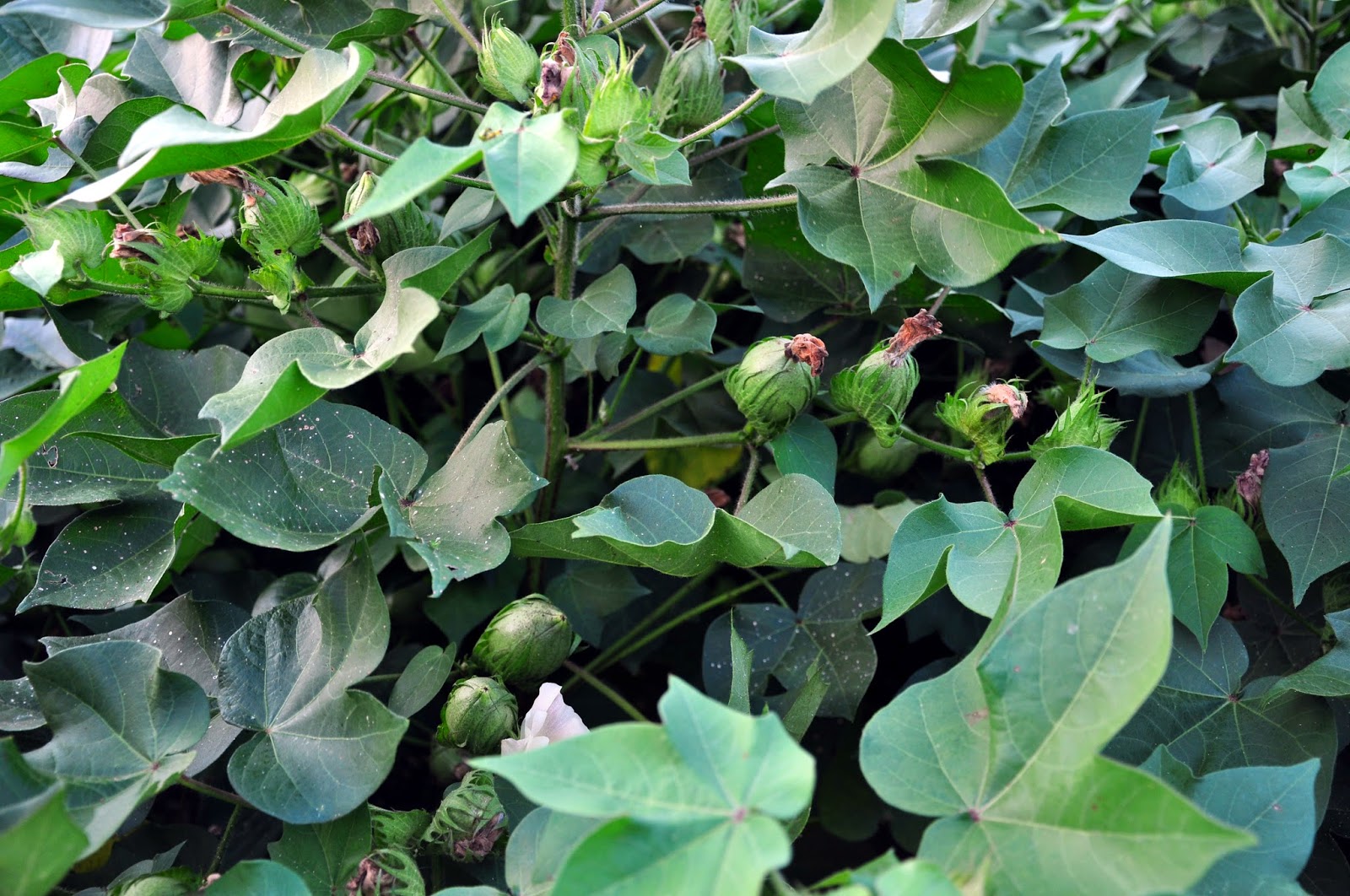So how much better is organically grown cotton, compared to conventionally grown cotton?


When it comes to organically grown cotton, its not just about improving the health of your skin, its also about the Earths skin.
Chemicals that are used in agriculture can have huge effects human health.
Pesticides and herbicides like Round-Up, used in conventional agriculture like cotton, contains Glyphosate. This chemical is water soluble and can get into our water ways, spreading out from the farm where they were originally sprayed.
Research in Brazil detected glyphosate in breast milk from infants and in 90% of urine samples from residents of a rural village exposed to pesticide drift, even though many were not directly involved in spraying1. Similar findings have been reported in North America, Europe, Asia, Oceania, and Africa, indicating widespread environmental and dietary exposure1.
Glyphosate has also been found in a variety of food products, such as wheat-based foods and pasta, and in drinking water, further confirming that people can be exposed through ingestion rather than occupational contact alone2.
By choosing organically grown cotton, we directly support the organic agriculture industry, aiding in the removal of cancer causing toxic chemicals and endocrine disrupting chemicals from our water and air.
Lets look at the top 3 areas where organically grown cotton makes the biggest impacts:
1. The environment
2. The farmers and handlers
3. The consumers
1. How Organically Grown Cotton Positively Impacts Our Earth
1. Reduced Water Consumption
- Organic cotton uses 91% less water than conventional cotton, primarily relying on rainwater rather than irrigation3.
- Improved soil health from organic practices enhances water retention, reducing runoff and pollution4.
2. Elimination of Harmful Chemicals
- Grows without synthetic pesticides or fertilizers, preventing soil and water contamination5.
- Avoids toxic substances like glyphosate and neonicotinoids linked to biological and ecosystem damages6.
3. Climate Change Mitigation
- Produces 46% less CO₂ emissions and uses 62% less energy than conventional cotton7.
- Regenerative farming practices sequester carbon in soil, offsetting greenhouse gases8.
4. Biodiversity Preservation
- Supports 50% more pollinator species and 30% greater soil microbial diversity4.
- Prohibits GMO seeds, protecting genetic diversity in cotton crops6.
5. Soil Health

How Organic Cotton Positively Impacts Farmers and Workers
1. Improved Health and Safety
- Organic cotton eliminates the use of synthetic pesticides, herbicides, and fertilizers, preventing farmers and their families from coming into contact with substances linked to acute poisoning, chronic illnesses, respiratory problems, neurological disorders, and even cancer10.
- In many developing regions, farmers lack adequate protective equipment and training, making chemical exposure from conventional cotton especially hazardous11.
2. Lower Production Costs and Higher Profits
- By relying on natural fertilizers and pest control, farmers avoid the high costs of chemical inputs, making production more affordable and increasing net profits12.
- Organic cotton often holds a price premium in the market, and certified organic farmers can receive guaranteed orders and premium payments, leading to more stable incomes13.
3. Economic Resilience and Diversified Income
- Organic systems encourage crop rotation and intercropping, allowing farmers to grow food and other cash crops alongside cotton. This diversification provides additional sources of income for the farmers and enhances food security, reducing effects of cotton price fluctuations14.
4. Enhanced Soil and Ecosystem Health
- Organic methods improve soil fertility and structure, leading to better yields and long-term agricultural productivity, ensuring the farmers have a good quality of life and income reliability 15.
- Healthier soils and ecosystems benefit not only the farmers but also the broader community by supporting biodiversity and reducing environmental degradation16.
5. Social and Community Benefits
- Organic certification requires adherence to fair labor practices and safe working conditions, addressing the systemic issues common in conventional cotton supply chains17.

The Consumers
How Organic Cotton Positively Impacts Consumers
1. Reduced Cancer Risk
- Eliminates exposure to 7 carcinogenic pesticides commonly used in conventional cotton6.
2. Hormonal Safety
- Avoids endocrine disruptors like phthalates and formaldehyde found in conventional cotton processing36.
3. Enhanced Durability
- Longer-lasting fibers due to gentler processing and absence of harsh chemicals3.
4. Sleep and Comfort
- Natural breathability regulates body temperature, improving sleep quality3.
5. Hypoallergenic Properties
- Free from pesticide residues and chemical finishes, reducing risks of eczema, dermatitis, and rashes6.
- Recommended by dermatologists for sensitive skin3.
6. Certification Assurance
- GOTS and OEKO-TEX certifications guarantee chemical-free products and ethical labor practices7.

Conclusion
While the tremendous benefits of organic cotton is widely known, most clothing companies continue to avoid using it, and instead use conventional cotton and polyesters. These short sighted practices are what has made fast fashion one of the worst polluting industries in the world.
To learn more about what sets Sacred Geometrix apart, even among other "sustainable" brands, visit Us Versus Them.
So, on behalf of all the ecosystems of the earth, thank you for supporting the companies that are actively working towards doing good in this world, even if it's just one organic cotton seed at a time.
- Sacred Geometrix 2025





